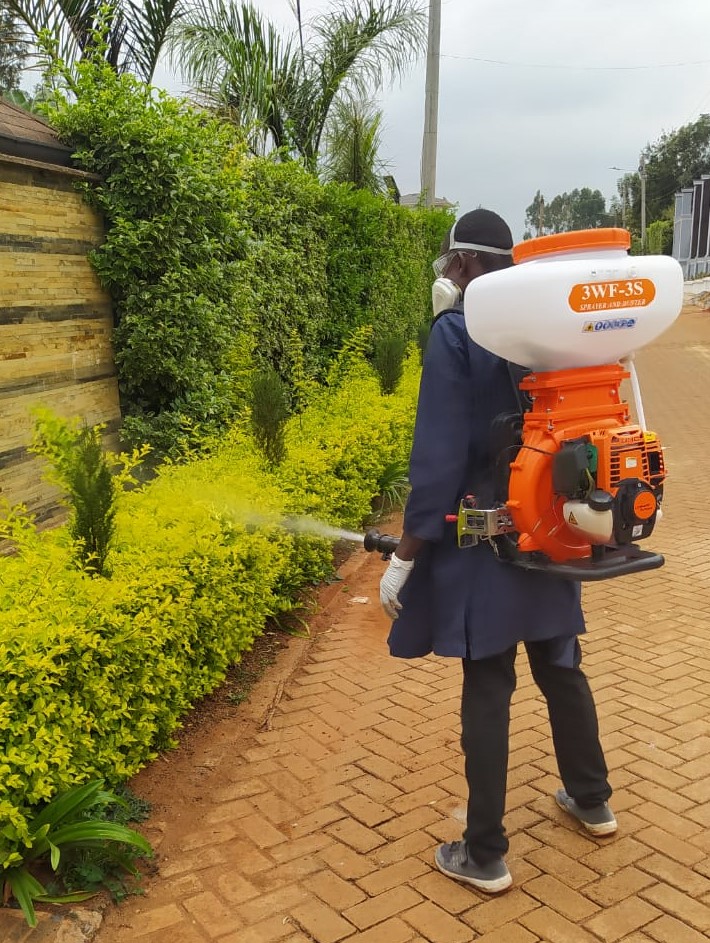Chittorgarh, located in the particular southern part involving Rajasthan, is surely a farming hub where growers grow a diverse range of crops all year round. The kharif period brings crops such as maize, soybean, groundnut, and cotton, while the rabi season functions wheat, mustard, chickpea, barley, and perhaps some speciality crops. Along with these opportunities, farmers face constant challenges from pests that threaten produces and profits. Powerful pest control is usually essential for making sure food security, financial stability, and long-term sustainability.
Why Chittorgarh’s Climate and Location Matter for Pest Management
Areas suffers from a highly seasonal climate — hot summers, a bitter monsoon period, and also a cooler, dry winter. Warm, humid circumstances during the monsoon develop a favourable surroundings for sap-sucking pests, caterpillars, and yeast diseases. In comparison, the cooler rabi season often recognizes increased activity by aphids, pod borers, and other infestations that thrive inside mild conditions. Knowing these seasonal styles helps farmers make timely and aimed pest control tactics.
Common Pests Impacting on Chittorgarh Farms
Pod borers and bollworms – Damage pods and bolls inside crops like chickpea, cotton, and pigeonpea.
Sap-sucking insects – Aphids, jassids, whiteflies, and thrips become weak plants and propagate diseases.
Caterpillars – Pink bollworm in addition to tobacco caterpillar lead to significant losses throughout cotton and greens.
Soil pests in addition to termites – Attack roots and baby plants, affecting crop establishment.
Rodents and birds – Destroy seedlings, grains, and stored produce.
Locusts (in outbreak years) – Can devastate big areas quickly when not controlled within time.
Principles of Effective Pest Management for Chittorgarh Facilities
The most reliable approach is Built-in Pest Management (IPM) — combining social, biological, mechanical, and even chemical methods inside a balanced way. This reduces charges, protects beneficial pests, and prevents pesticide resistance.
Crop Rotator and Diversity
Move crops to crack pest life pays out and reduce population build-up. Intercropping can also reduce pest distributed.
Timely Sowing plus Resistant Varieties
Growing and maintaining at the best helps crops prevent peak pest seasons. Using pest-resistant or perhaps early-maturing varieties reduces vulnerability.
Field Cleanliness
Remove and destroy crop residues which may harbour pest ova or larvae. Ploughing after harvest may expose soil infestations to heat and even predators.
Monitoring plus Threshold-Based Action
Frequently inspect crops for signs of infestations activity. Only acquire control measures any time pest populations angry the economic threshold to avoid unwanted pesticide use.
Biological Control
Encourage advantageous insects like ladybirds, spiders, and parasitic wasps. Use biopesticides like neem concentrated amounts or Bacillus thuringiensis to target particular pests without harming helpful species.
Judicious Pesticide Work with
When chemical control is definitely necessary, use typically the right pesticide intended for the crop plus pest, rotate dynamic ingredients to prevent resistance, and comply with safety guidelines.
Soil Into the Irrigation Managing
Healthy plants are more proof against infestations damage. Maintain good soil fertility, natural matter, and suitable water management in order to strengthen crop durability.
Crop-Specific Pest Manage Tips
Cotton – Regular monitoring regarding pink bollworm in addition to whitefly, timely removal of plant stalks following harvest, and the particular usage of pheromone barriers.
Chickpea – Monitor for pod borers, use light blocks, and apply biocontrol measures early.
Mustard and Wheat – Watch for aphids and even use neem-based solutions before infestations become severe.
Maize, Soybean, Groundnut – Scout for stem borers and defoliators, and use targeted biopesticide applications as needed.
Community-Level Pest Administration
Infestations often spread among neighbouring farms. Connection action can make handle efforts far better:
Coordinate sowing and cropping times.
Share insect monitoring data using nearby farmers.
Statement unusual pest breakouts to agricultural authorities promptly.
Low-Cost Infestation Control Tools with regard to Small Maqui berry farmers
Pheromone traps for moth pests.
Neem-based defense tools for soft-bodied pesky insects.
Light traps for night-flying pests.
browse around this site for checking and reducing traveling by air insects.
Record Keeping and Continuous Studying
Maintaining simple records of planting schedules, pest sightings, and even control measures assists in making far better decisions for foreseeable future seasons. Farmers need to stay updated together with the advice of regional agricultural experts, show up at training sessions, plus adapt strategies structured on changing insect patterns.
Realization
Pest control in Chittorgarh’s agricultural areas will be a continuous procedure that requires planning, observation, and well-timed action. By next integrated pest managing practices, farmers can easily protect their vegetation, reduce production costs, and maintain ground and environmental health and fitness. With a combination of local information, community cooperation, and even modern techniques, Chittorgarh’s farmers are able to keep their fields productive and even sustainable for years to come